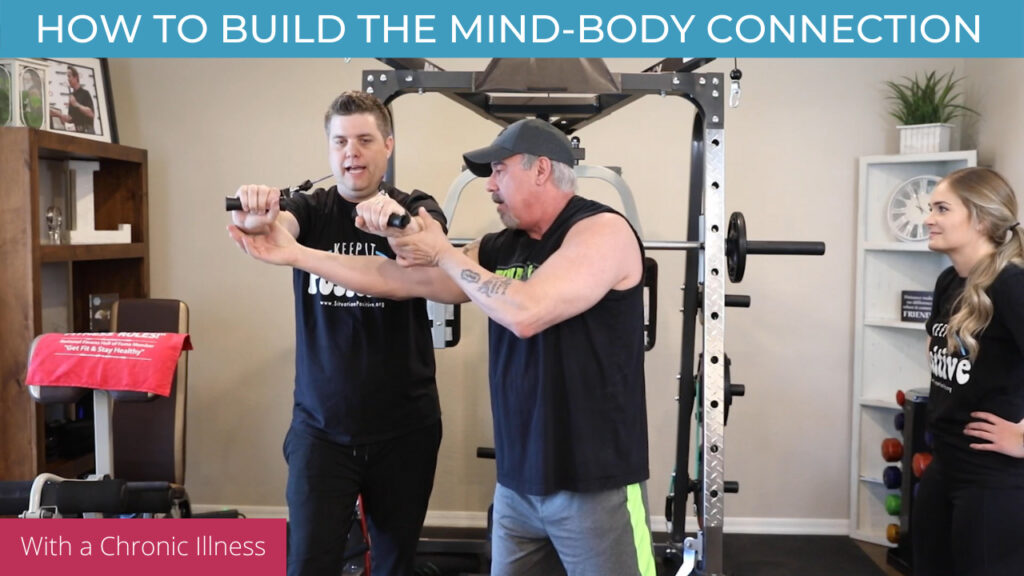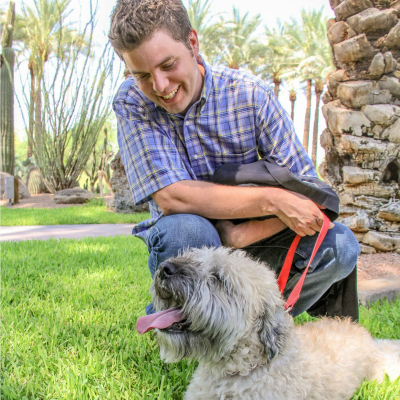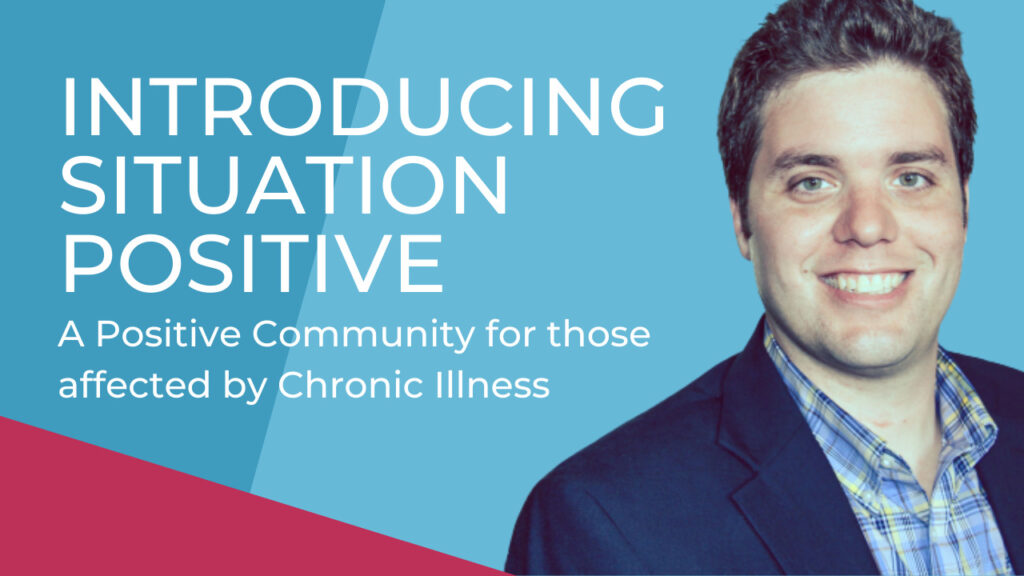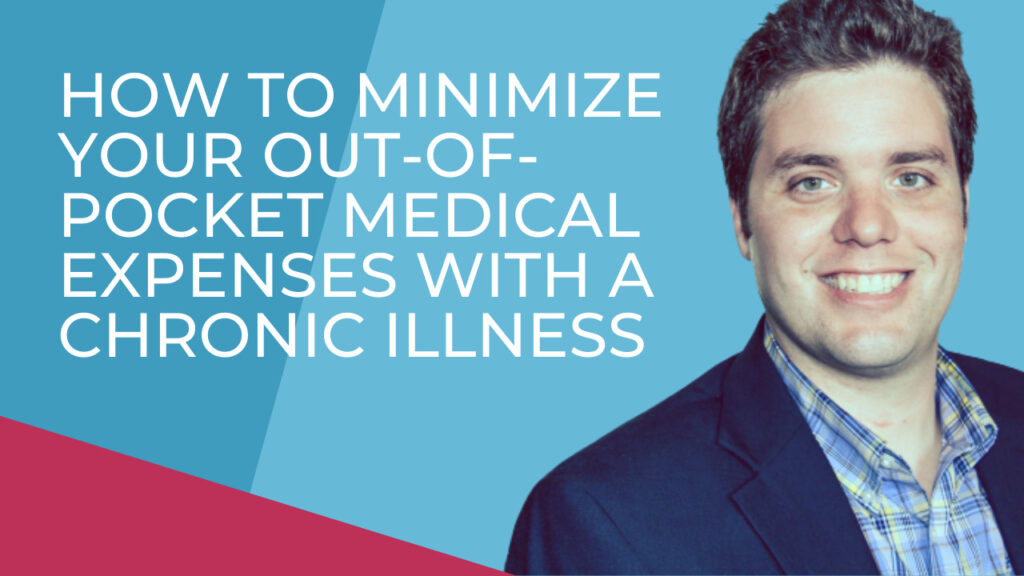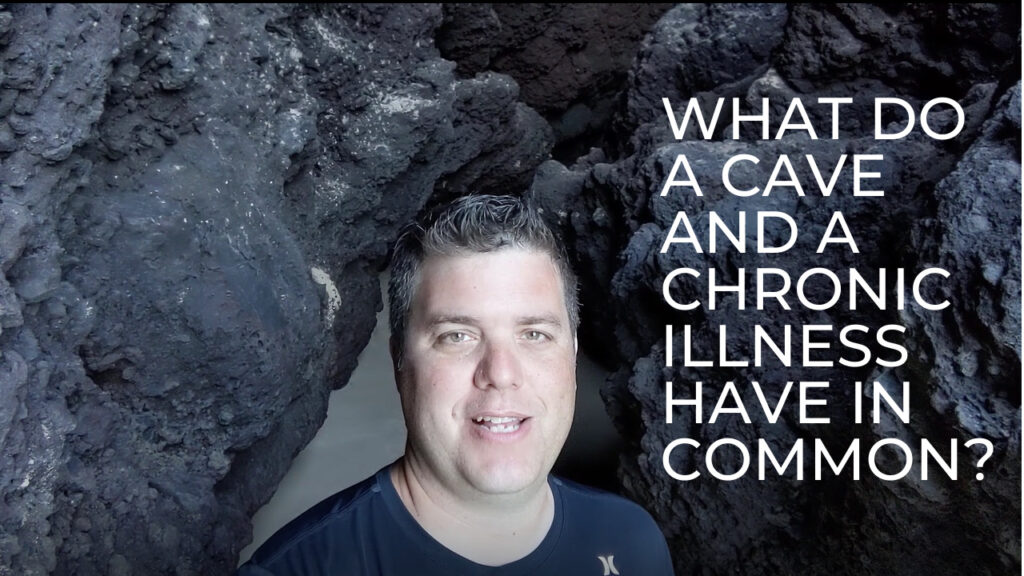Fitness expert, champion bodybuilder, and MS advocate, David Lyons, teaches Matt and Tara how to form the mind-body connection when you have a chronic illness. David talks about mindset, goal setting, and the importance of joining the right program. David shares tips from his Optimal Body Personal Fitness program. You can find David on Facebook where he shares awesome fitness tips and videos.
This is part two of our interview with David. The transcript is below. You can also watch the video or listen to our podcast.
Matt: Hey everybody. My name’s Matt and this is Tara, and we’re from Situation Positive. We’re here today with our good friend David Lyons of Optimal Body Personal Fitness. Um, we’re here for a special workout because we joined the program and we wanted to learn more about it. David welcome to the show.
David: Thanks for having me guys.
So I appreciate it. And you know, something I’m going to get you guys in top shape and I’m going to get you guys feeling better, but more important than that, I’m going to get your brains connected to those muscles of yours.
Tara: Alright, so we’re ready to get started if you are?
David: I’m ready. Okay.
Matt: So I’m a little scared.
David: You. You should be.
Matt: I know.
David: Tara’s not scared, but you should be. Wait. Well, what I’m going to do is I’m going to be showing you different exercises for different body parts because the way to train correctly is to separate what you’re doing. We’re not doing a full-body workout here.
This is not a 30-day beach body. This is a three-day cycle of breaking up muscle groups so that we’re getting the most out of each one of those exercises, the sets that we do, the reps that we do, and we’re getting each muscle connected to the brain. If we do all of it at once, the brain is going to get too confused.
We’re not that smart. So we’ve got to break it up a little bit. So the first body part we’re going to be doing is we’re going to work our chest and we’re going to be doing something called the chest press. So similar to working out in a gym using a bar and doing a chest press, we’re going to be doing this with resistance bands from an upper angle, which you could also do here.
I had it connected to my equipment, but you can connect this to a door using the door anchor, and you put the door anchor over the door. You put the bands into, through the door anchor and you can pull it from the door at the same angle we’re going to do here. So I’m going to step over here and demonstrate it for you.
Matt: So if you’re like me and you don’t have workout equipment at home, this is something you could still do?
David: Absolutely. Because all you need are all these great resistance bands and a door anchor. And if we’re doing leg exercises, you could use a, uh, ankle strap as well. But what we’re going to do is we’re going to be stepping forward away from where the band is attached.
So that we’re getting some resistance. Even when our arms are in the back position, our elbows are up and our arms are being pulled back, our chest is being stretched. We’re pushing forward. So this is a chest press. So this is the press in this position. We are going to be holding and squeezing our chest for four seconds.
So, Matt and Tara, we’re going like this 1, 2, 3, 4 squeezing as hard as we can, the muscles of our chest coming back, getting that stretch. Now, this is called contraction training, and it’s a, um, it’s a training method I created so that when you’re holding that position in a contraction position, your brain is being told that your chest is being
contracted. So as we’re holding and squeezing, we’re literally telling ourselves that we are pushing with our chest and we’re holding that chest that gives our brain, the time to connect to the chest. Four seconds is all you need. You could actually push the six seconds more than that is overkill. Less than four seconds does not give your brain enough time.
So in this position, we’re squeezing. We’re counting to four, we’re telling our chest that we are contracting coming back, pushing forward. The back was she forward? We do between 10 and 12 repetitions of that movement. I won’t push you too hard, Matt, because I know you’re gonna struggle. So we’ll, we’ll get you at 10 reps.
Okay. So let’s get up there and let’s get you to the position.
Matt: My mind and body are not connected. So. I’m having trouble, just trying to figure it out where I’m supposed to go.
David: Hold the handles. So step in.
Matt: Step, OK.
David: Put one foot forward a little bit more so that you’ve got good balance elbows up. Okay. Okay. You’re pushing with your chest.
So push. Come on Matt! You can do it! Come on! Alright, you know what? I’m going to let Tara do it.
Matt: Sorry about that.
Tara: Let’s see, grab the handle, there we go. So I’m stepping forward does it matter which leg?
David: Doesn’t matter as long as you’re balanced. Do you feel balanced? Elbows up. Pushing out.
Tara: Oh yeah, do you have anything stronger I can use? It’s a little easy, Matt.
David: Alright, when you get to this position push it out and squeeze. Feel the chest muscles pushing out 1, 2, 3, 4, you bring it back. People’s elbows up. Feel the stretching, the chest, push it back forward. You’re going to be holding that for four seconds. Again, in this position, you are talking to your chest. And you were saying, I am contracting, I am flexing and I’m holding. Now Matt, look at that form. That’s how you do this, Matt.
Matt: I don’t know why it’s so much easier for her than for me.
David: It’s called she has some muscle man.
Tara: Alright Matt, why don’t you give it another try.
David: Do we have baby bands for like the six-year-olds? So push out. That squeeze for bringing it back and back and feel it here. Feel it. Now when you press forward those arms up a little bit, push here, squeeze it.
Matt: See that’s where I’ve got the disconnect.
David: Right there. You want to keep them a little bit far apart.
Matt: Okay. Now I feel more of my chest.
David: Bring it back that stretch.
Matt: You know? W one of the things that I have problems with is my form. Like I’m never sure where my hands should be.
David: Well, that’s why my membership, we have videos that show exactly how to do it. I’m literally taking every one of my members through the workout. So I’m in the video showing you exactly how to do it. Form. Telling you where to put your arms telling you how to squeeze.
Matt: When you, when you move my arms, then I feel it. I,
David: So when you come in and you bringing it and touching it like this now relieving that tension.
Matt: Oh, that makes sense. And you don’t even know the difference.
I mean, it makes a huge difference because I’m just a very uncoordinated person.
David: You see he doesn’t listen, he’s gonna keep doing it wrong.
Matt: And, well, that’s my, my lack of mind, body connection. But actually, now I think I’ve got it figured out.
David: So here’s another point. Okay. We can stop for a second?
I’m only going to work out with Tara. So, so, so this is what’s important to you, you know how everybody listens to music when they’re working out and there’s noise and there are distractions and all this stuff. The problem with that is that the brain is listening to music. It’s hearing noise. So it’s not focusing on the contraction that we’re doing.
So I tell everybody when you’re working out, really, if you’re in a gym, but noise headsets on don’t listen to music because how are you really going to give a hundred percent focus on that muscle? If music is playing in your head and partial thoughts of your brain are going to listen in to the cool music.
That’s supposedly giving you this motivation. Get motivated before, listen to whatever you need to then shut it off. Have silence. All you want to think about is this flexing, that muscle, that you working on. Okay. You’re not talking to anybody. You’re not thinking about anything. The minute your brain starts thinking about what am I going to be eating for lunch? You’ve lost that connection. And you’re trying to develop that connection.
Matt: How do you overcome like, like my elbows down feels better and my hands to get, like, how do you overcome that? I don’t want to call it laziness, but I feel like an atrophied over the last year.
David: Sure, how you overcome it is you have a program that tells you what to do and you follow it.
If you drop your elbows in a movement, you’re not doing the movement the way it’s supposed to. Okay. If you put your hands together when they’re supposed to be a part, you’re not doing the exercise properly, it’s a matter of you telling yourself I’ve got to follow this program the way it is. I can’t deviate from the form.
The form is important. Concentration is important. You want to be able to do the movements and get the exercises done. What we would do on chest press movement. We would do three to four sets of 10 to 12 repetitions. But I tell everybody at the beginning if you do one set and you get to 10 reps, or you can do two sets, at least you’re doing something to get started.
You have to start somewhere. You have to have a basis to start with. Not everybody can jump in and do three or four sets of 10 to 12 reps, but that is the goal. So.
Tara: That almost goes back into what you were saying about the mindset of like, thinking no, you have to keep your, your shoulder, your elbows up and not touch.
Like your, your mind is focused on that and that will help with the mindset, right.
David: So that four seconds when you’re pushing out and you’re saying in your head flex 2, 3, 4, squeeze hard, you know, and I tell people to think of this, that you’re squeezing that muscle as if your life depends on it because it does. This is a journey that you have to be on with.
We’re not looking for a destination. We’re not. When I throw in mountain climbing and getting to the top of the mountain saying I did my job, you have to consistently work out for the rest of your lives. And you’ve gotta be in a program like this constantly for your body to maintain that step ahead of whatever condition you have, once you understand that then it becomes an easy road.
It becomes like eating lunch, getting out of bed. All I’ve got to do is my Optimal Body. It’s part of what you do just to survive, to live. And that’s how I created the program. It’s part of your everyday type of existence.
Podcast: Play in new window | Download (Duration: 11:13 — 20.5MB)

